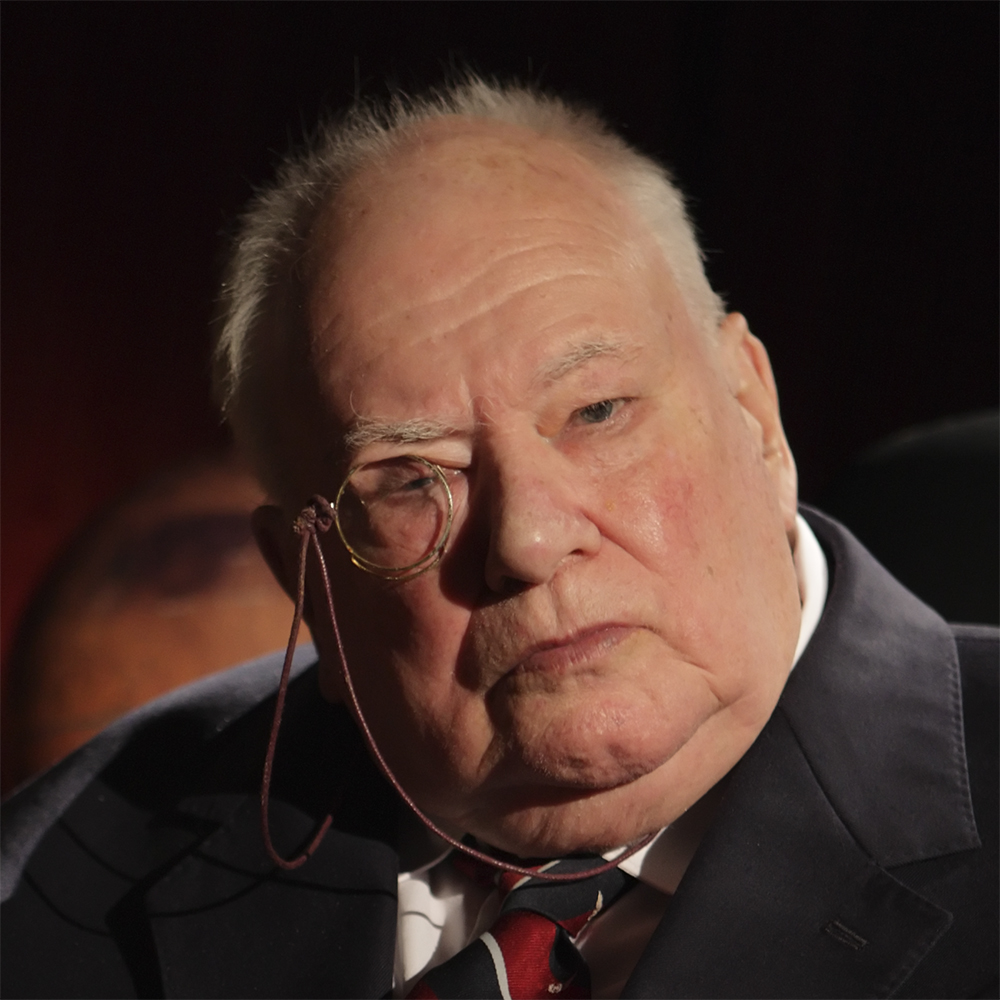Probably the greatest astronomical discovery made in the 20th Century was the revelation that what were once called ‘spiral nebulae’ were in fact independent galaxies millions of lightyears away.
It is not too much to claim that this was the most important discovery made since it was finally proved that planet Earth moves around the Sun (for more on this, read our biographies of Nicolaus Copernicus And Galileo Galilei)
The main character in the story is American astronomer Edwin Hubble, but of course it all began with Charles Messier, compiler of the now-famous Messier Catalogue.
Messier’s catalogue included ‘nebulae’ of two types: starry and irresolvable.
The irresolvable nebulae, such as M42 in Orion’s Sword (known as the Orion Nebula), were obviously gaseous, while the starry nebulae really were made up of stars.
But the question was, how far away were they?
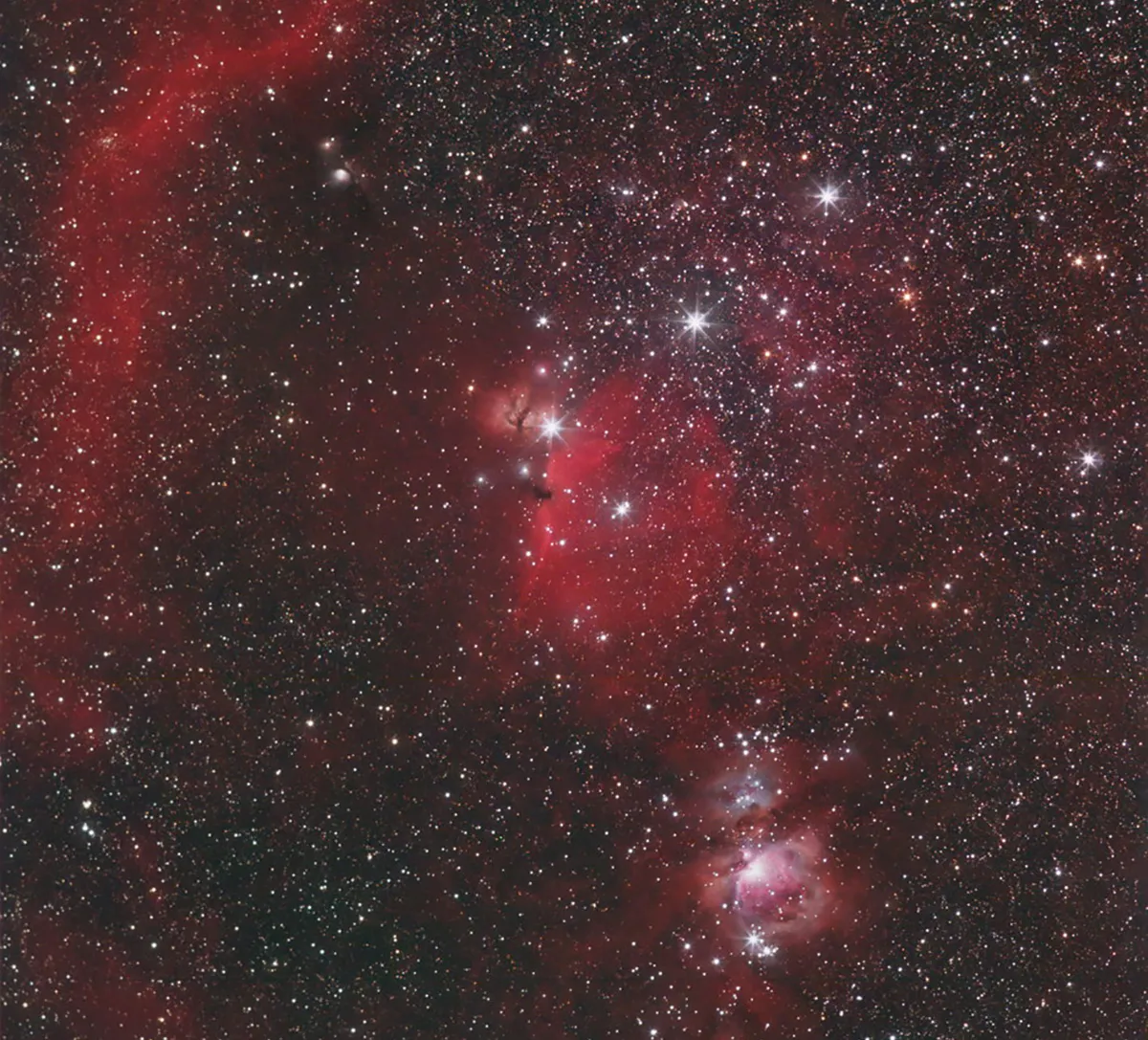
Were they mere clusters, such as the Pleiades or Praesepe, or were they further away, perhaps even beyond the boundaries of our Galaxy?
The term ‘island Universe’ was introduced to describe the idea that the irresolvable nebulae were systems that were similar but separate to our Milky Way.
Gradually, during the second half of the 19th Century, the island Universe theory became unpopular.
But others were not so sure, and among the doubters was Edwin Hubble.
Hubble had joined the staff of the Mount Wilson Observatory at the end of the First World War and was able to use the 100-inch Hooker reflector telescope, one of the most famous telescopes of all time
At that time the 100-inch was not only the most powerful telescope in the world, but was in a class of its own.
It remained so until the completion of the Palomar 200-inch, 30 years later.
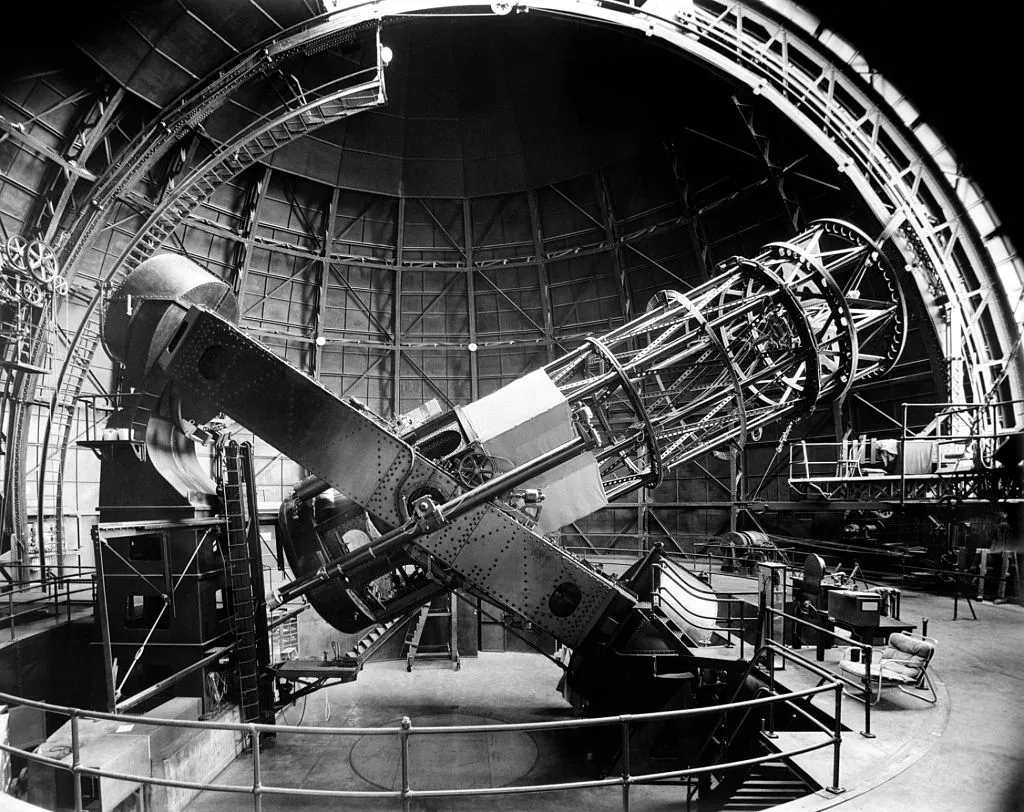
Van Maanen’s error
Hubble concentrated upon studies of the starry nebulae and did his best to work out their distances.
However, this was no easy matter because they were too far away to show any measurable parallax.
One man who believed them to be local was Harlow Shapley, who had been the first man to measure the diameter of the Milky Way system.
In 1920 there was a famous debate between Heber D Curtis, who believed in the ‘island Universe’ scenario, and Shapley, who did not.
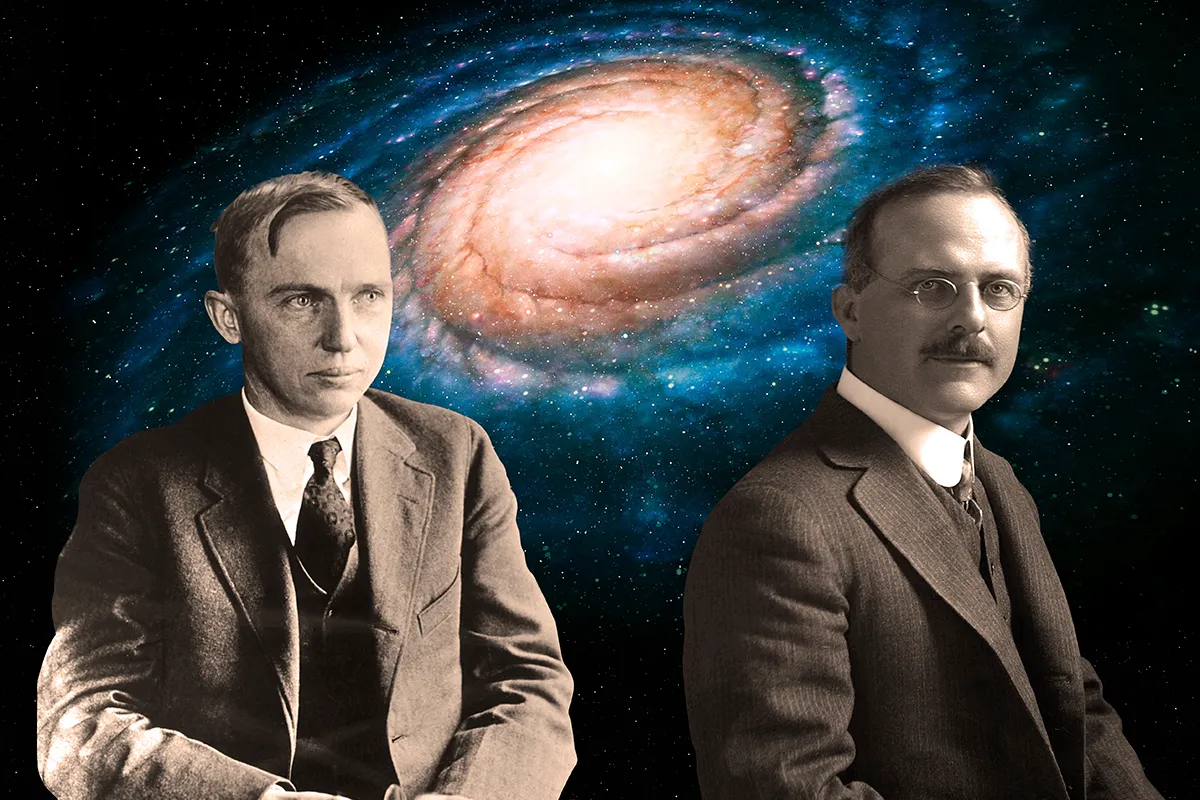
It became known as astronomy's Great Debate.
It may be said that the result was an honourable draw. Curtis was right about the status of the spirals but wrong about the size of the Milky Way.
Enter Adriaan Van Maanen, a Dutch astronomer who came to Mount Wilson in 1912 and spent the rest of his career there.
Like Hubble, he concentrated on studying the starry nebulae – many of which were spiral, though others were not (Hubble had classified them with his famous tuning fork diagram).
Van Maanen had an excellent reputation and at Mount Wilson he enhanced it.
In 1917 he discovered an interesting white dwarf star 14.4 lightyears away, still known as Van Maanen’s Star.
It is true that the nature of white dwarfs was not established until much later, but at least Van Maanen realised that he had found something unusual.
Van Maanen set out to measure the movements of the stars in the arms of the spiral nebulae and before long he announced that he had succeeded; the spirals, he said, were rotating.
The most obvious of the spirals is M31 in Andromeda, known as the Andromeda Galaxy.

Van Maanen found that from the movements of the stars in the spiral, the distance was ‘only’ 900 lightyears, in which case it was simply a normal feature of the Milky Way.
This set him upon a collision course with Hubble, and the situation was not improved by the fact that the pair possessed very different personalities.
To many people, notably his subordinates, Hubble seemed aloof (although I must add that on the few occasions that I met him, he was always extremely courteous).
Van Maanen, on the other hand, was always gregarious and very much the ‘social animal’.
The parties held at his home were legendary; Hubble, needless to say, never attended them.
In 1923, Hubble finally solved the problem. Using the Mount Wilson reflector, he identified a Cepheid variable in the Andromeda Spiral.
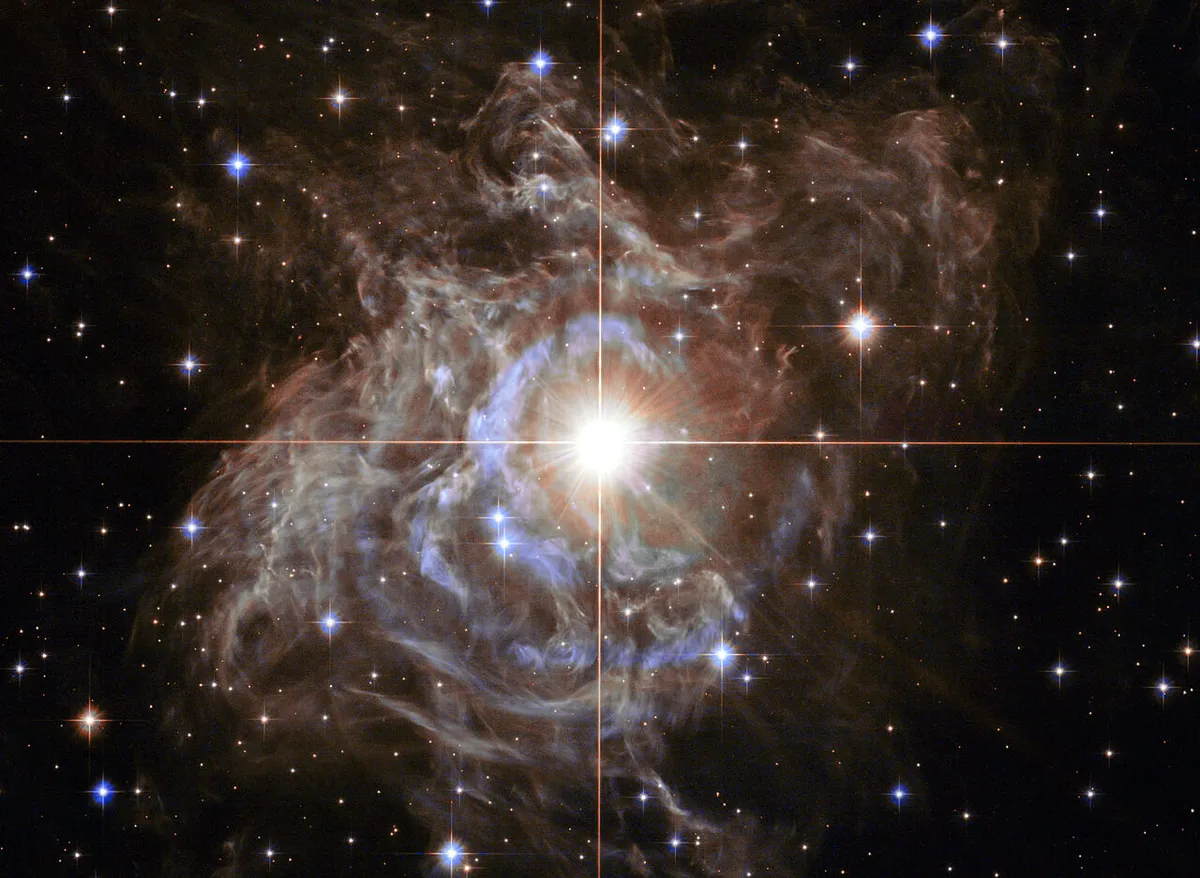
It was already known that the period of variation is linked with its real luminosity, so that one can find the distance of a Cepheid simply by finding its period and then comparing its real power with its apparent magnitude.
Hubble’s Cepheid in Andromeda was so far away that it could not possibly be a member of our Galaxy; the distance was given as 900,000 lightyears, later revised to 750,000 lightyears.
Van Maanen’s observations had been faulty; he had made a series of completely honest mistakes and when Cepheids were also found in other spirals, he was quick to accept the results.
It is sad that he and Hubble were never reconciled – and Hubble never did attend one of Van Maanen’s parties.
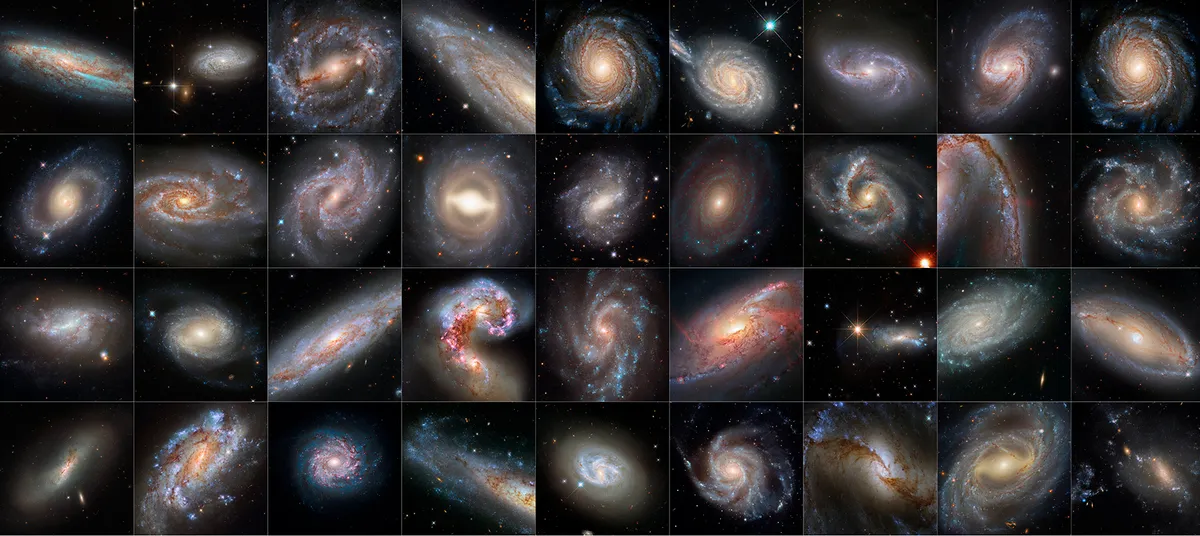
Hubble’s error
The story was not over; it had begun with Messier and ended in 1952 with Walter Baade.
It transpired that there are two types of Cepheid, one much more luminous than the other.
Hubble, through no fault of his own, had used the wrong type.
The distance of the Andromeda Spiral was actually found to be more like two million lightyears.
Even so, it is the closest of all the large ‘island Universes’ and it is larger and more populous than our Galaxy, containing more than our quota of 100 billion suns.
It is true that Van Maanen’s spurious results delayed the discovery of the nature of the spirals but he was working at the very limit of the technology available to him.
It is only very recently that we have obtained accurate measurements of the motion of a galaxy – in this case M33, the Triangulum Spiral (more commonly known as the Triangulum Galaxy), which is considerably smaller than M31 or our Galaxy.
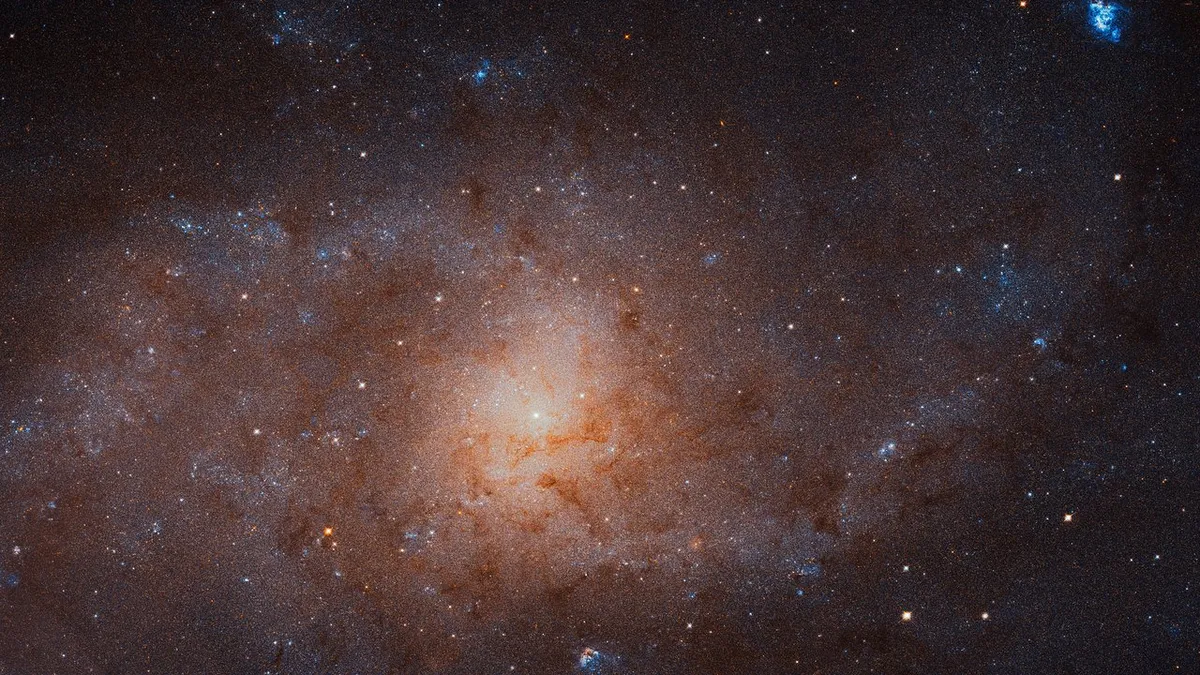
It is further away than M31 and contains Cepheids; it is a member of our Local Group.
Its apparent motion relative to the background stars is about one hundredth the apparent speed of a mouse, crawling across the surface of Mars as observed from Earth, so it is hardly racing along.
The arguments between the supporters of the island Universe theory and the local theory have been settled but others remain.
Mysteries remain; perhaps they always will.
This article originally appeared in the September 2005 issue of BBC Sky at Night Magazine.
